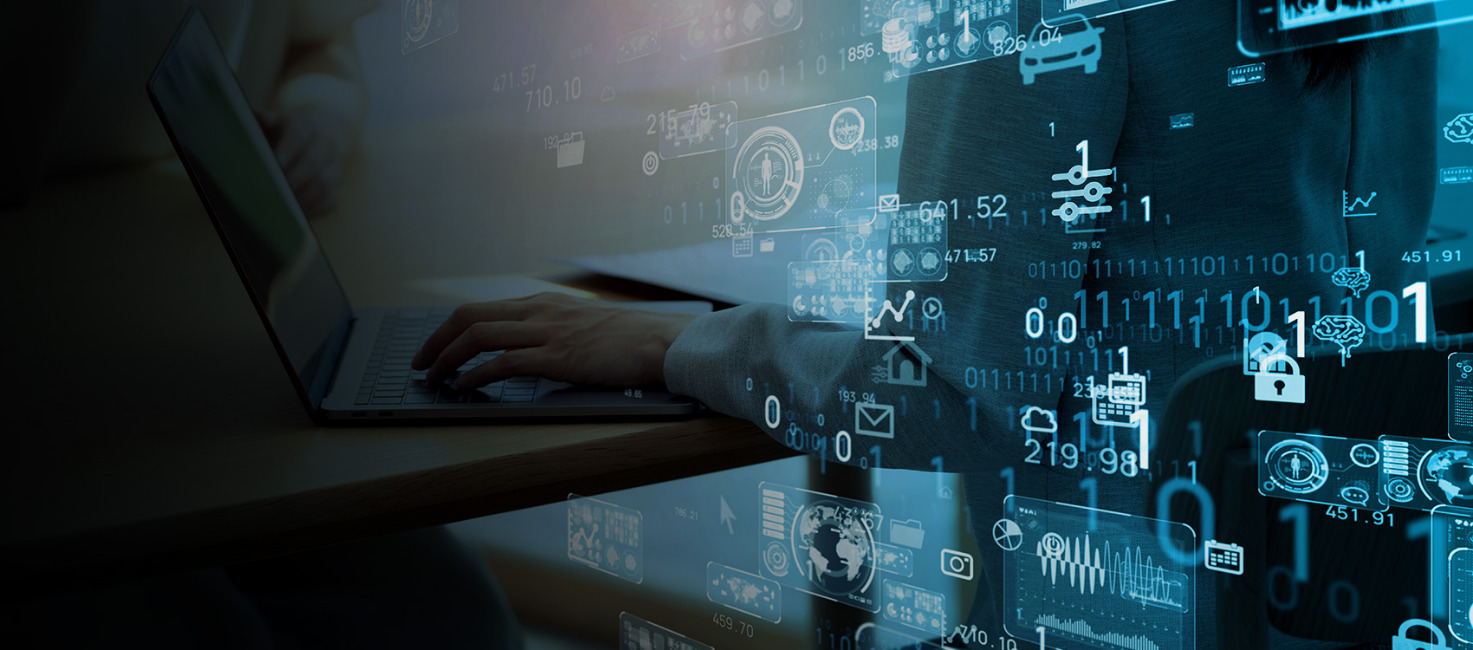Community First Bank is committed to providing a secure banking environment for our customers. In addition, we at Community First Bank realize the importance of sharing important security information and tips with you.
Email scams, hacking, ransomware, and phishing are big business these days. Here are a few of the most common scams, how to spot them, and how to reduce your risk of becoming a victim.
Don't Be a Victim
The Nigerian Prince - A deposed foreign dignitary wants your help getting his fortune out of the country.
Lottery winner - You've won a lottery that you don't remember ever entering.
You've got mail! - You receive a notification that you have unread mail in an "inbox" that you have never used or even heard of.
Candid Camera - Someone claims to have secretly recorded video of you in a "compromising" situation.
Hacked account - You receive notification that one of your accounts has been hacked, and you need to change your log-in information immediately by following links in the email.
IRS - You owe unpaid taxes, and risk arrest if you don't pay up quickly.
Inheritance - An overseas relative has died and left you a small fortune.
Tech support - A well-known computer manufacturer or software company is notifying you that a virus has been detected on your computer, or that there is something wrong with your system that can only be remedied by clicking on an attached link.
Payment declined - An email comes from what looks like a service that you subscribe to saying that your recent payment was declined, and your service will be suspended unless you address the situation immediately.
Scam emails like these are designed to either extort money from the victim, or to enable the sender to exploit the user's computer, network, or contact lists. Signs of a possible scam are emails containing incorrect or improper spelling, punctuation, or grammar, get rich quick promises, threats, or urgent calls to action. You should also be suspicious if the actual email address appears to be from a sender other than the company the email claims to be from.
You can reduce your risk of becoming a victim by following these guidelines: Use a spam filter to reduce the number of spam and scam emails that get through to your inbox. Never respond to a suspected scam or spam email. Never click on ANY links or attached files in a suspicious email, an email from an unknown sender, or even an email from someone you know that you weren't expecting. If an email instructs you to access your account via an attached link, instead visit the site by using the link in your bookmarks, or from a search engine search for that company's website.
Keeping Your Laptop from Being Stolen
The feature we love most about our laptops – mobility – makes them easy targets for thieves. While replacing a stolen laptop can be expensive, the value of the data it contains may well exceed the cost of the laptop itself.
Here are a few tips to protect your laptop and the information it contains:
- Treat your laptop like cash. Imagine a stack of money equal to what your laptop is worth. Would you leave that amount of money on a coffee shop table while you refresh your latte? Probably not. Picturing your laptop as a stack of cash will help you to be more vigilant.
- Keep it locked. No matter where you are using your laptop, attach it to something immovable or to a heavy piece of furniture with a laptop security cable.
- Encrypt the data. You can protect your personal data even if your laptop does go missing by encrypting the hard disk. There are a number of commercial products available that will prevent your laptop from even starting up without a password.
- Keep your passwords elsewhere. Leaving your passwords in your laptop carrying case is like leaving the keys in your car. Memorize your passwords or store them securely elsewhere – not in the carrying case or on the laptop itself.
- Leave your computer bag at home. When you take your laptop on the road, carrying it in a computer case may advertise what's inside. Consider using a suitcase, a padded briefcase or a backpack instead.
- Don’t leave it in the car. Not only is the extreme heat and cold in your car bad for your laptop, but parked cars are a favorite target of laptop thieves. If you must leave your laptop in your car, keep it out of sight by placing it in the trunk.
- Pay close attention at airport security checkpoints. The chaos and confusion at airport security checkpoints make them perfect for laptop thieves. Additionally, because so many laptops look the same, it is easy to pick up the wrong one on the other side of the screener. Mark your laptop distinctly so that you can easily track it as you go through security. Hold onto it until the person in front of you has gone through the metal detector – and keep an eye out when it emerges on the other side of the screener.
- Be vigilant in hotels. Try not to leave your laptop out inside your hotel room while you are out. Instead, take it with you or use the safe in your room if there is one.
- Report it promptly. If your laptop is stolen, report it immediately to the local authorities. If it's your business laptop that's missing, also immediately notify your employer.
Create a Strong Password
Passwords are everywhere in the world of technology. You log into your home pc, work pc, websites, mobile devices, and your online banking to name a few. We all have many passwords and keeping track of them is a big task. Here's a trick to create a strong password followed by a link to Microsoft's Online Safety web page.
How to Choose a Good Password:
- Choose a short, simple phrase, six to eight words, that will be easy for you to remember.
I like to eat green peas. - If any of the words are homonyms for other letters or symbols, write them with those symbols (e.g. are =r, you = u, two = 2)
I like 2 eat green peas. - Now, make an acronym. Drop all but the first letter of each word.
Il2egp - Capitalize arbitrarily, but with restraint, try to keep the password easy to remember.
iL2eGp - Add a punctuation mark or two to bring your password's length to seven or eight characters.
iL2eGp!
Safety Links
Internet Safety Links
Small Business Internet Safety Links


